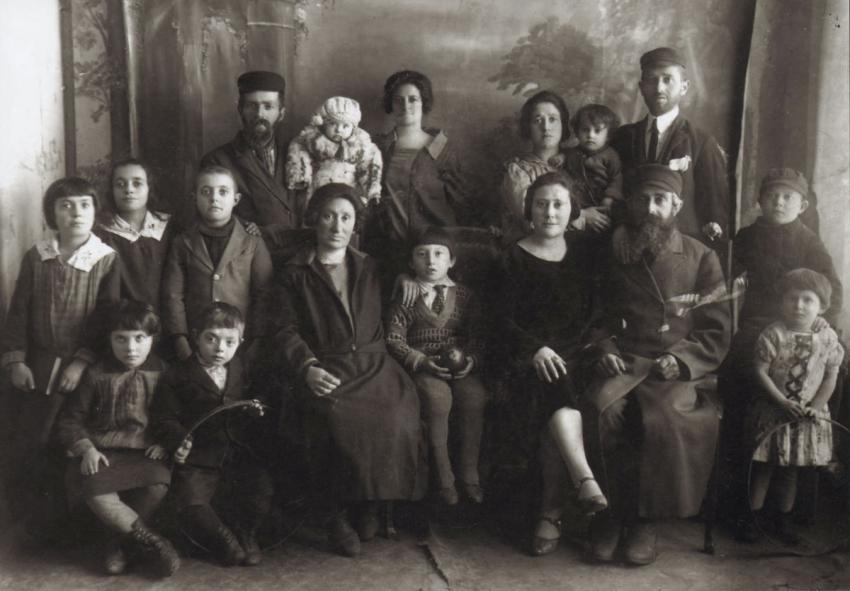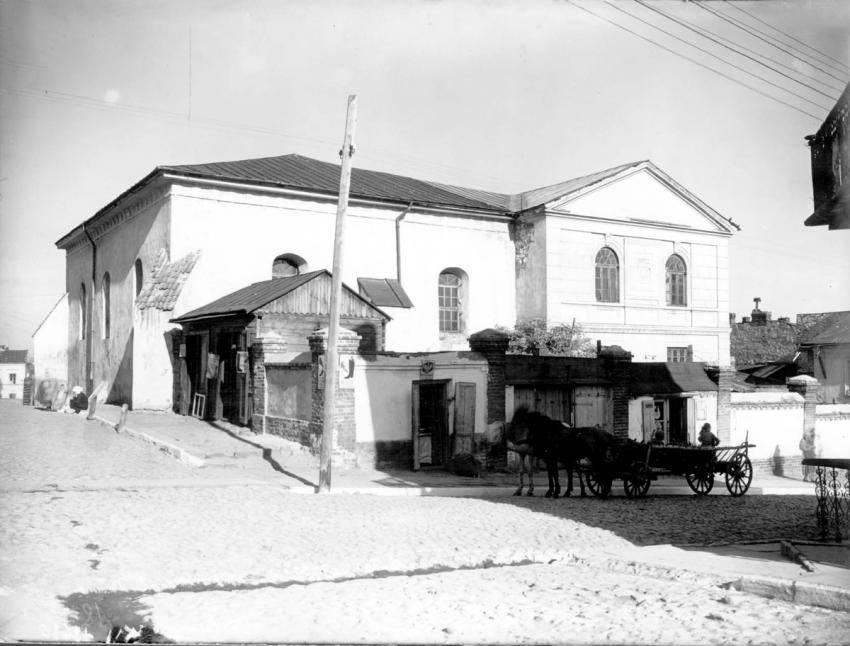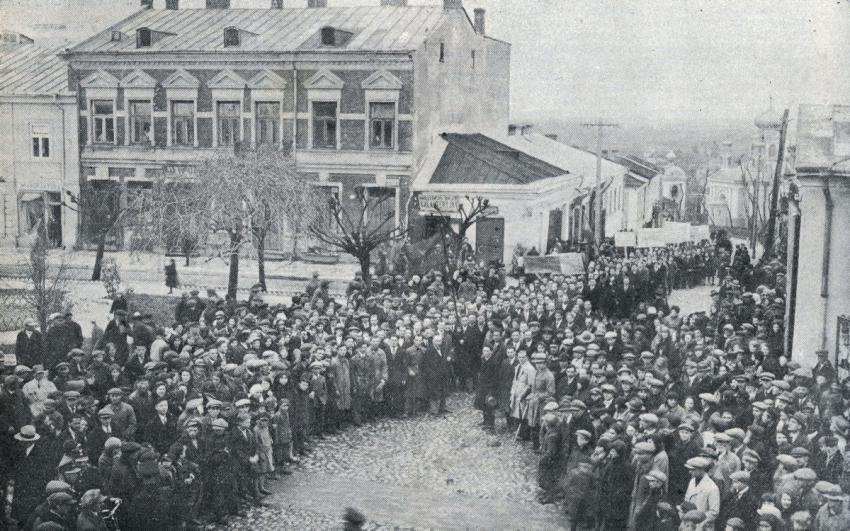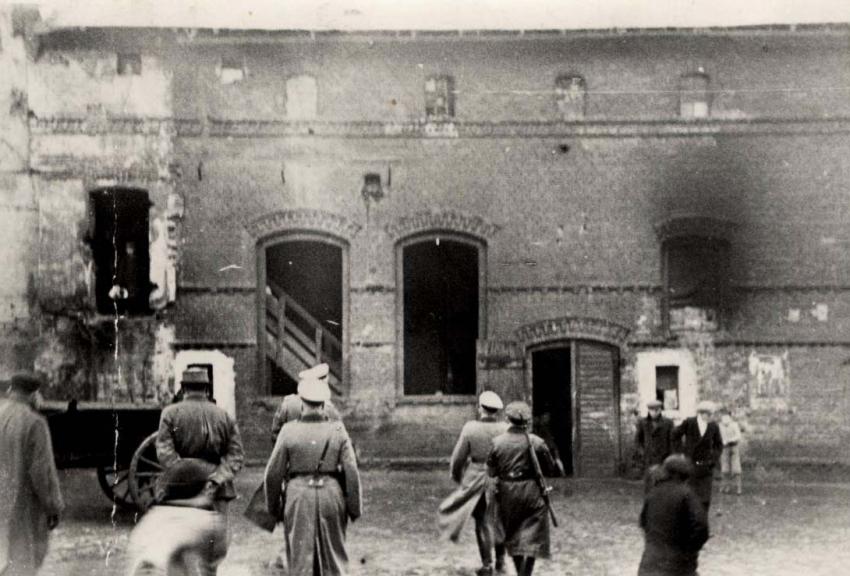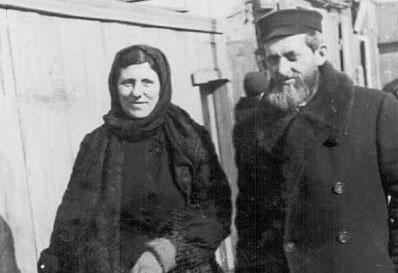The historic city of Chełm, the provincial capital in the district of Lublin on the eastern border of Poland, had a large Jewish community with a vibrant Yiddish and Hebrew culture, Jewish education and a rich religious and political life.
During the Second World War the Germans conquered Chełm and murdered almost the entire Jewish community. Within less than four years, a community that had formerly numbered over 15,000 people was reduced to several dozen. A few hundred other Jews had succeeded in fleeing in September 1939 when the Red Army retreated after the implementation of the Ribbentrop-Molotov agreements dividing Poland between the Soviet Union and Germany.
Today the city has no known Jewish residents.




